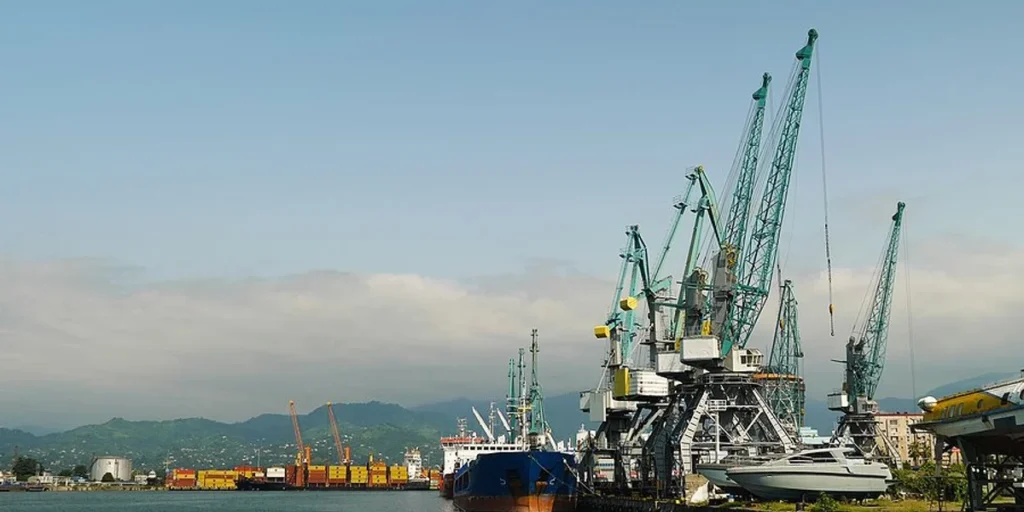Kitimat, a small town in British Columbia, has entered a new phase of development with the launch of a $40-billion liquefied natural gas (LNG) project. In June, the first shipment of LNG left the port, marking a milestone in Canada’s energy export plans. However, the project has sparked debate among residents, environmental experts, and Indigenous leaders about its long-term effects on health, nature, and climate.
The LNG Canada facility transforms natural gas into liquid form for shipping overseas. While this promises jobs and income, it also brings air pollution, greenhouse gases, and noise. Flaring from the site releases harmful chemicals into the air, including carbon monoxide, nitrogen oxides, sulfur dioxide, and tiny dust particles. These pollutants are linked to asthma, heart problems, and other serious diseases.
Doctors and environmental advocates are warning of the risks. Melissa Lem, president of Canadian Physicians for the Environment, said that fracking and LNG production increase climate change and expose people to dangerous pollutants such as benzene, toluene, formaldehyde, and fine particulates. These substances are known to cause asthma, heart disease, birth defects, and even childhood leukemia.
The source of the gas is also raising alarm. LNG Canada gets its gas through fracking, a method that involves injecting liquid into the ground to release gas. This method is connected to water contamination and rising health complaints in areas where fracking is common. People in those areas report more nosebleeds, breathing issues, and headaches. Scientists are studying links between fracking and higher cancer rates.
Kitimat’s residents are split. Some are excited about job creation and the return of economic activity. For them, the LNG project means better pay, new businesses, and hope for the future. Others worry about pollution, noise, and the effect on local wildlife. The Kitimat River estuary, a key area for salmon and birds, may be at risk. Local Indigenous communities rely on these species for food and tradition.
The Haisla Nation is both a partner and a watchdog in the project. While the Nation has invested in the facility and stands to benefit financially, its leaders are keeping a close eye on the environmental costs. They continue to raise concerns about the future of fish populations, clean water, and safe air.
Flaring, or burning off excess gas, is a visible sign of the problem. Residents see the flames at night and smell strange odors. Some have started to notice more coughing, breathing problems, and concerns about long-term exposure to smoke and chemicals. Experts say flaring can produce harmful emissions that linger in the air and enter homes, schools, and workplaces.
The long-term climate effects are another concern. Natural gas is often promoted as a “cleaner” fossil fuel, but it still emits large amounts of carbon dioxide when burned. Leaks of methane, a powerful greenhouse gas, also occur during production and transport. Climate scientists warn that LNG adds to global warming at a time when the planet needs to reduce emissions fast.
For now, Kitimat stands at a crossroads. The LNG plant brings both opportunity and risk. While it may offer short-term economic gains, the lasting impacts on air, water, and climate remain uncertain. As Canada pushes ahead with energy exports, the story of Kitimat may serve as a key test of how to balance economic growth with public health and environmental protection.

